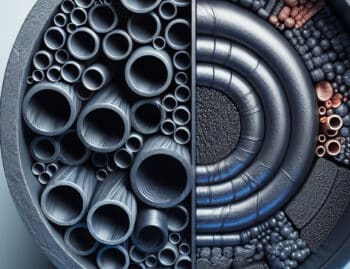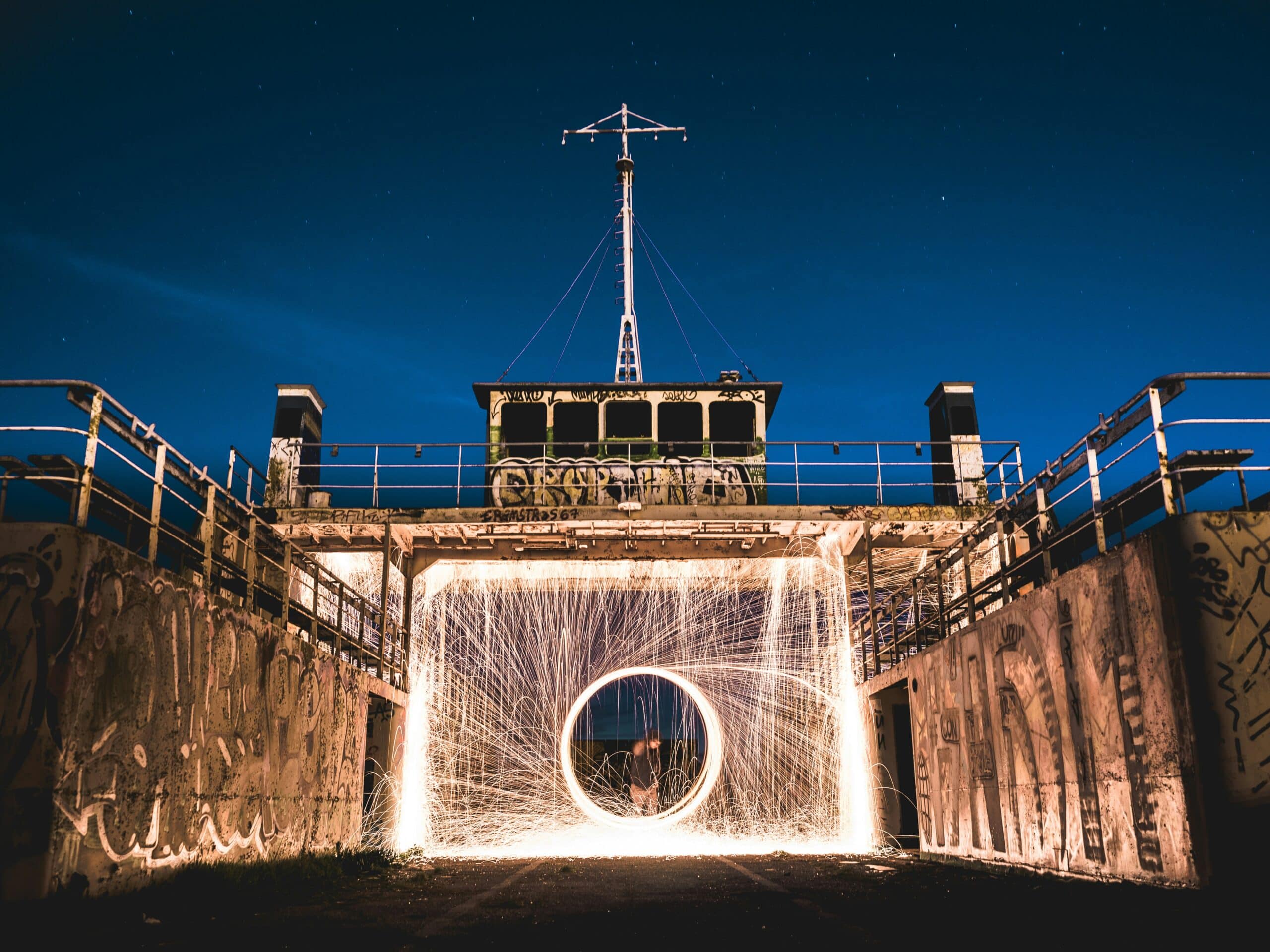
Common Applications for Stainless Steel Piping
Stainless steel piping is a versatile and durable material that is used in a wide range of applications. From industrial to residential, stainless steel pipes are a popular choice for their strength, corrosion resistance, and aesthetic appeal. What are the common applications for stainless steel piping?
What is Stainless Steel Piping?
Stainless steel piping is a type of steel pipe that is made from an alloy of iron and chromium. This alloy gives stainless steel its unique properties, including high strength, corrosion resistance, and heat resistance. Other elements such as nickel, molybdenum, and titanium may also be added to enhance these properties.
Stainless steel piping is available in various grades, each with its own unique composition and characteristics. The most common grades used for piping are 304 and 316, which are both austenitic stainless steels. These grades are highly corrosion-resistant and suitable for a wide range of applications.
Strength and Durability
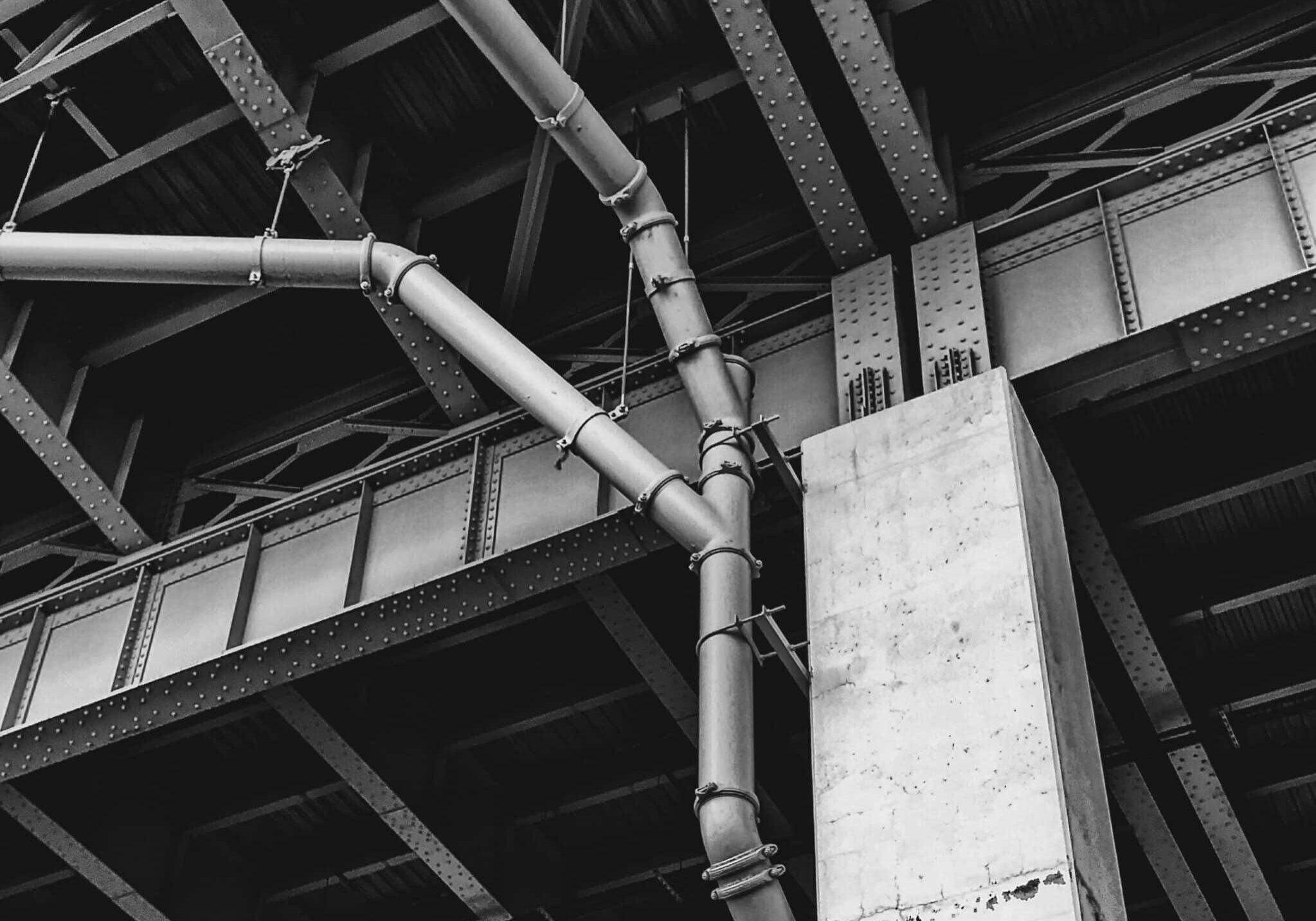
One of the main reasons stainless steel piping is preferred in many applications is its strength and durability. Stainless steel has a high tensile strength, making it resistant to bending and breaking. It can withstand high pressures and temperatures, making it suitable for use in harsh environments.
Stainless steel is also highly durable, with a long lifespan and low maintenance requirements. Resistant to corrosion, rust, and other forms of degradation, making it a cost-effective choice for many industries.
Aesthetic Appeal
In addition to its functional properties, stainless steel piping also offers aesthetic appeal. Its sleek and shiny appearance makes it a popular choice for architectural and decorative applications. It can be polished to a mirror-like finish, giving it a modern and sophisticated look.
Common Applications for Stainless Steel Piping
Stainless steel piping is used in a wide range of industries and applications.
Some of the most common applications include:
Industrial and Chemical Processing
Stainless steel piping is widely used in industrial and chemical processing plants due to its corrosion resistance and durability. It is used to transport various chemicals, gasses, and liquids, including corrosive and high-temperature substances.
In chemical processing plants, stainless steel piping is used for its resistance to corrosion and chemical reactions. Stainless steel pipe can withstand exposure to harsh chemicals and maintain its structural integrity, making it a reliable choice for transporting hazardous materials.
Oil and Gas Industry
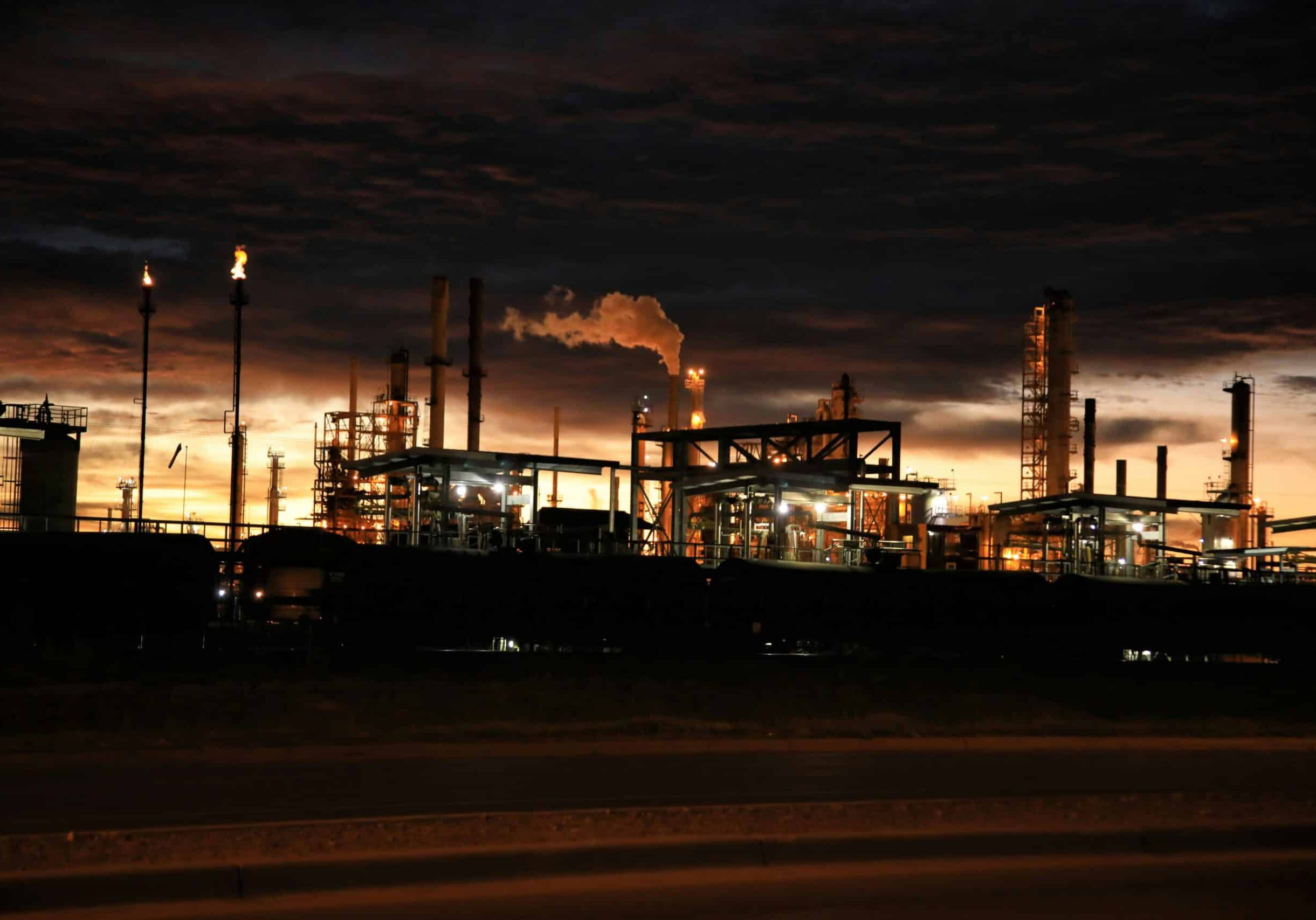
The oil and gas industry relies heavily on stainless steel piping for its pipelines and equipment. Stainless steel is resistant to corrosion and can withstand high pressures and temperatures, making it suitable for transporting oil and gas over long distances.
Stainless steel piping is also used in refineries and petrochemical plants for its resistance to corrosive substances and high temperatures. It is a cost-effective choice for these industries, as it requires minimal maintenance and has a long lifespan.
Food and Beverage Industry
Stainless steel piping is a popular choice in the food and beverage industry due to its hygienic properties. It is non-porous, making it resistant to bacteria and easy to clean. This makes it suitable for transporting food and beverages, as well as for use in food processing and packaging.
In the food and beverage industry, stainless steel piping is also used for its resistance to corrosion and chemical reactions. It can withstand exposure to acidic and alkaline substances, making it a reliable choice for food and beverage processing.
Water and Wastewater Treatment
Stainless steel piping is commonly used in water and wastewater treatment plants due to its corrosion resistance and durability. It is used for transporting both clean and wastewater, as well as for various treatment processes.
In water treatment plants, stainless steel piping is used for its resistance to corrosion and chemical reactions. It can withstand exposure to chlorine, chloramines, and other chemicals used in the treatment process. In wastewater treatment plants, stainless steel piping is used for its durability and ability to withstand high pressures and temperatures.
Construction and Architecture
Stainless steel piping is a popular choice in construction and architecture for its strength, durability, and aesthetic appeal. It is commonly used for structural support, such as in building frames and bridges, as well as for decorative purposes, such as handrails and balustrades.
In construction and architecture, stainless steel piping is also used for its resistance to corrosion and weathering. It can withstand exposure to harsh outdoor conditions, making it a reliable choice for outdoor structures.
Automotive and Transportation

Stainless steel piping is used in the automotive and transportation industries for its strength, durability, and resistance to corrosion. It is commonly used for exhaust systems, as well as for fuel and brake lines.
In the automotive industry, stainless steel piping is also used for its ability to withstand high temperatures and pressures. It is a reliable choice for high-performance vehicles and heavy-duty trucks.
Types of Stainless Steel Piping
There are several types of stainless steel piping, each with its own unique properties and applications.
Some of the most common types include:
Seamless Stainless Steel Piping
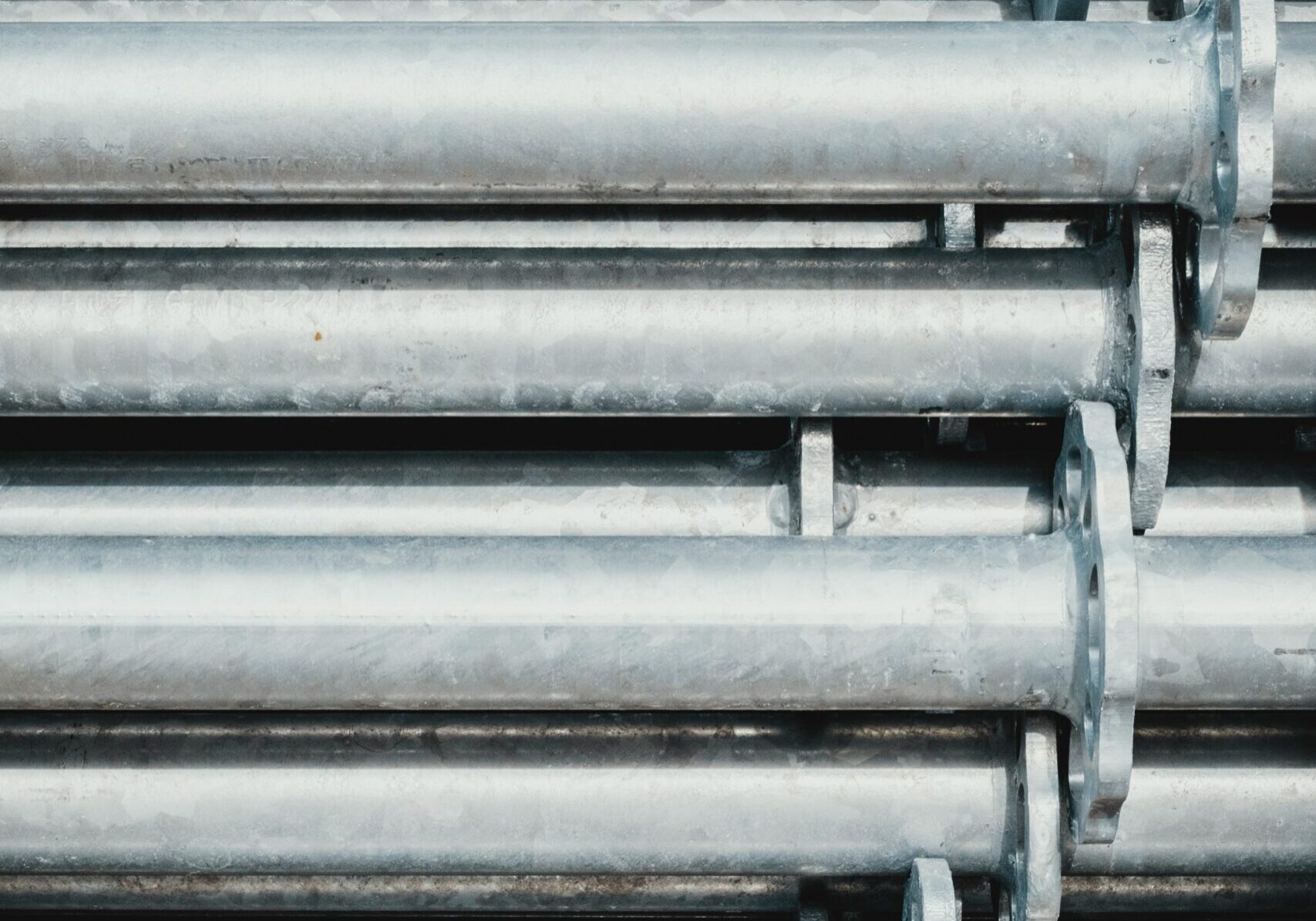
Seamless stainless steel piping is made from a single piece of steel pipe without any seams or joints. Created by piercing a solid cylinder of steel, then stretched to size. This type of piping is preferred for its strength and durability, as well as its smooth interior surface, which allows for efficient flow of fluids.
Seamless stainless steel piping is commonly used in high-pressure and high-temperature applications, such as in the oil and gas industry.
Welded Stainless Steel Piping
Welded stainless steel piping is made from steel strips that are rolled, then welded. This type of piping is more cost-effective than seamless piping and is suitable for a wide range of applications.
Welded stainless steel piping is commonly used in industries such as food and beverage, water treatment, and construction.
Stainless Steel Pipe Fittings
Stainless steel pipe fittings are used to connect and join sections of stainless steel piping. They come in various shapes and sizes, including elbows, tees, reducers, and couplings.
Stainless steel pipe fittings are essential for creating a secure and leak-proof connection between pipes. They are commonly used in industries such as oil and gas, chemical processing, and water treatment.
Conclusion
Stainless steel piping is a versatile and durable material that is used in a wide range of applications. Its strength, corrosion resistance, and aesthetic appeal make it a preferred choice for industries such as oil and gas, food and beverage, and construction.
With various types and grades available, stainless steel piping can be customized to suit specific needs and requirements. Whether for industrial or residential use, stainless steel piping is a reliable and cost-effective choice for many applications.











